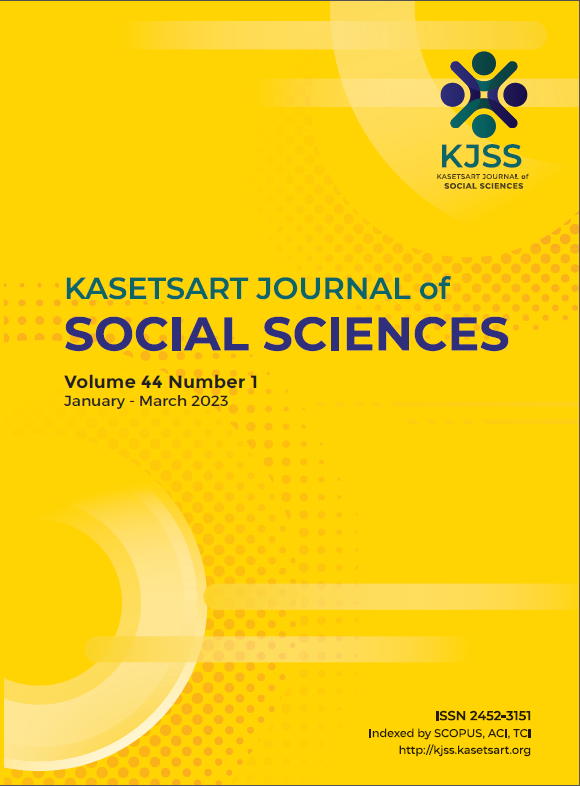Analysis of parallel reading literacy instruments: Application of item response theory to statistical parallelism
Keywords:
item response theory, parallel form, statistical parallelism, test characteristic curve, test information functionAbstract
This research aimed to: (1) investigate the statistical parallelism of reading literacy instruments at the level of the overall test sets; and (2) examine whether the characteristic curves and information functions as the statistical item response theory (IRT) methods for parallelism yield the comparable scores at the levels of test forms as well as individual items. The population was ninth graders in secondary schools under the Secondary Education Service Area Office 1. Samples were examined in a total of 525 students. The instruments were three parallel multiple-choice test sets designed to elicit reading literacy skills. Each test set consisted of two 20-multiple choice test forms. Parallelism was analyzed with respect to means, standard deviations, reliabilities, item parameter estimates, characteristic curves, and information functions. It was found that there was statistical parallelism among the three test sets in terms of means, standard deviations, reliabilities, and item parameter estimates. Cronbach’s alpha coefficients were .81, .84, and .83, respectively. The one-way analysis of variance results presented similar mean scores (F = 0.325, p = .723), equal level of discrimination (F = 0.194, p = .824), and equal level of difficulty (F = 0.761, p = .470). Moreover, both characteristic curves and test information functions yielded similar degrees of parallelism at the test form and item-byitem levels. Interesting findings with respect to statistical parallelism are presented and discussed.
Downloads
Published
How to Cite
Issue
Section
License

This work is licensed under a Creative Commons Attribution-NonCommercial-NoDerivatives 4.0 International License.
This is an open access article under the CC BY-NC-ND license http://creativecommons.org/licenses/by-nc-nd/4.0/










